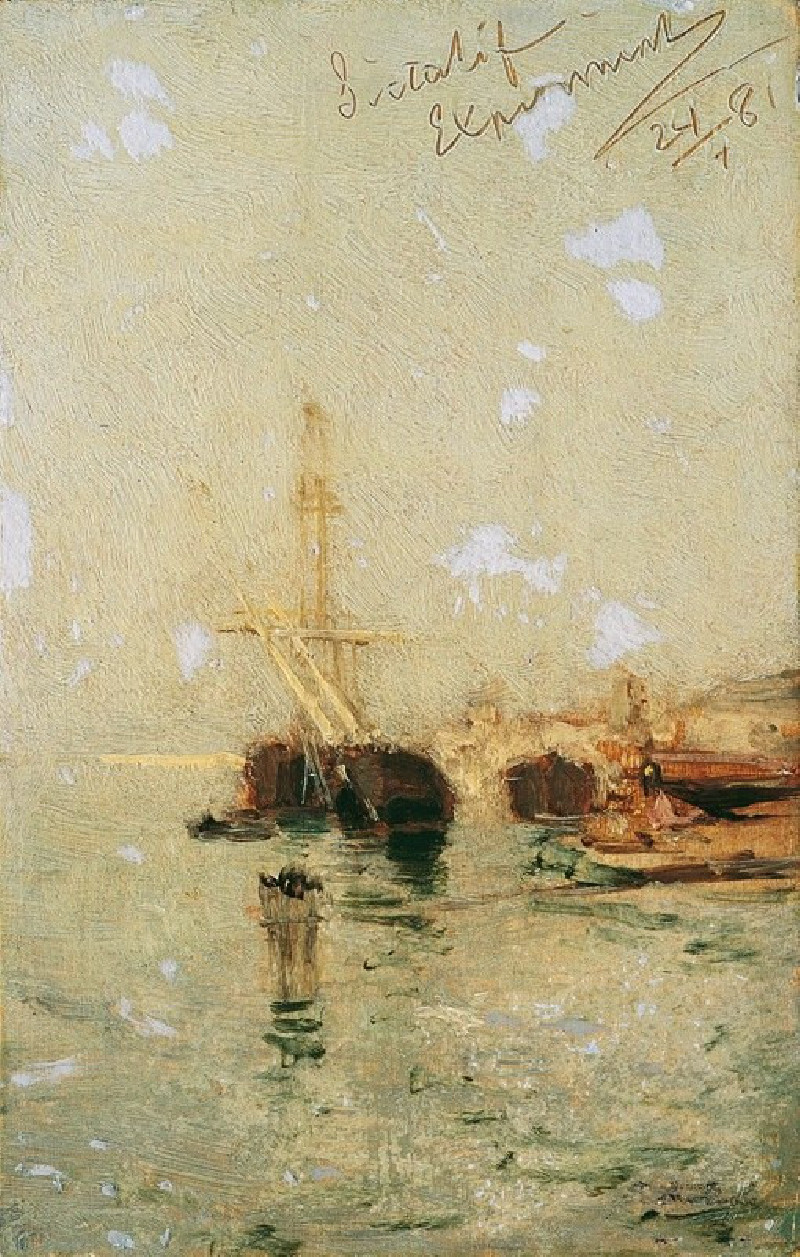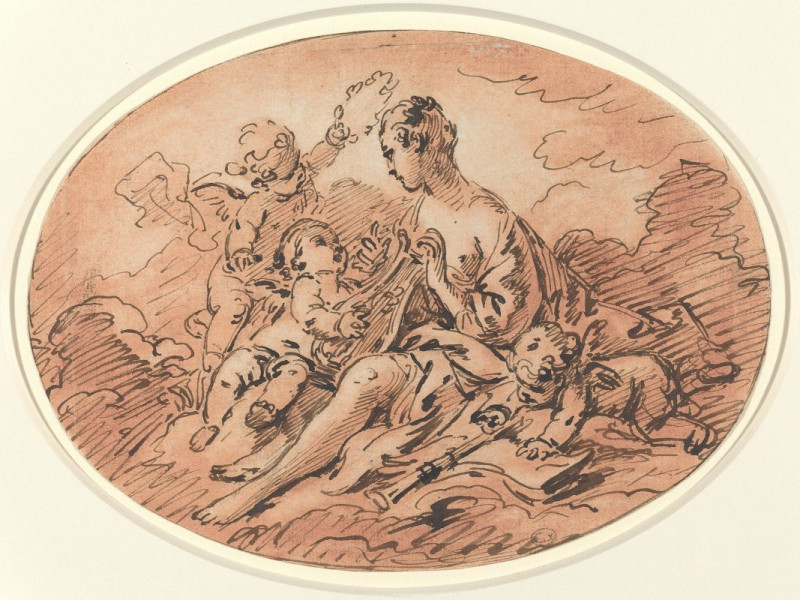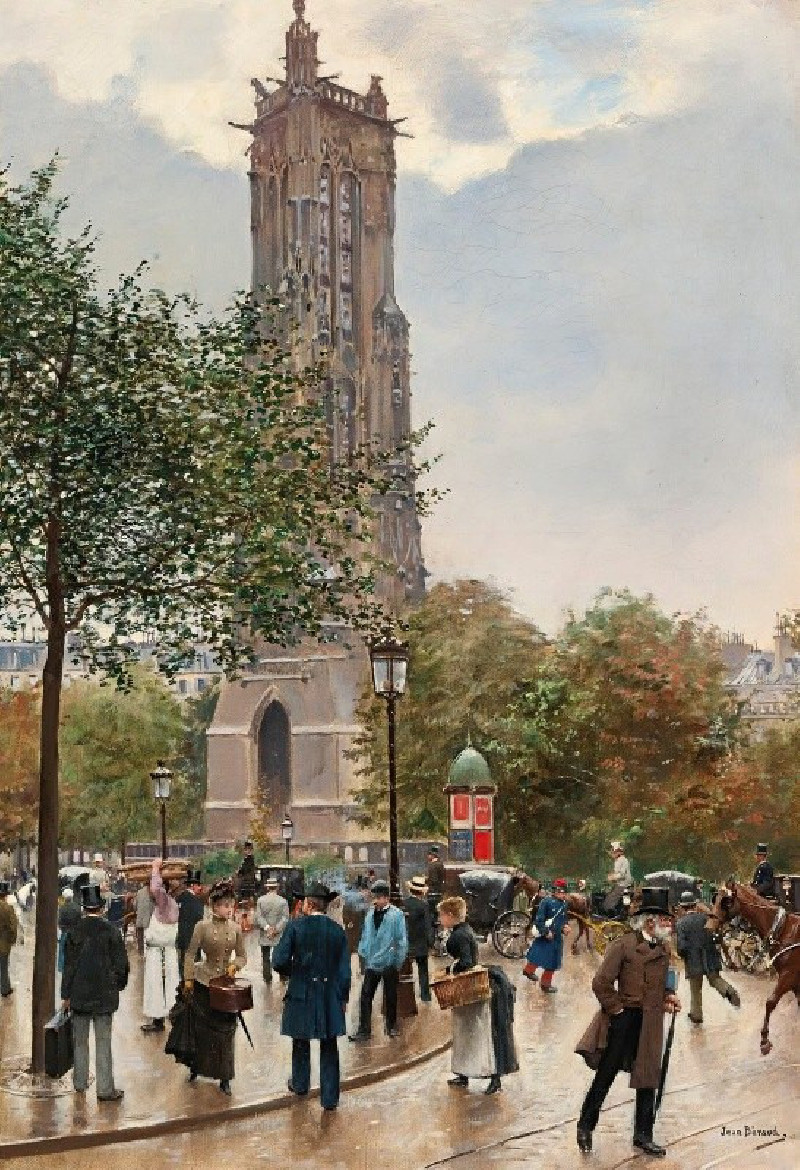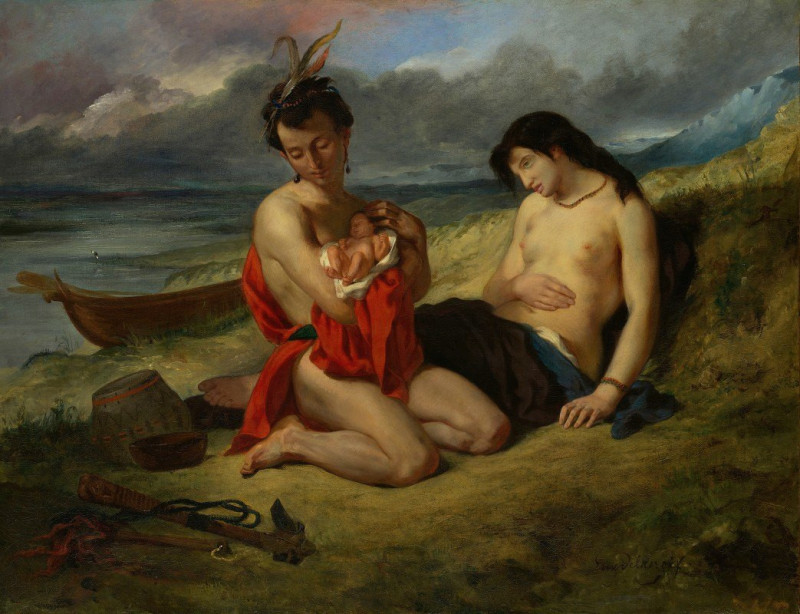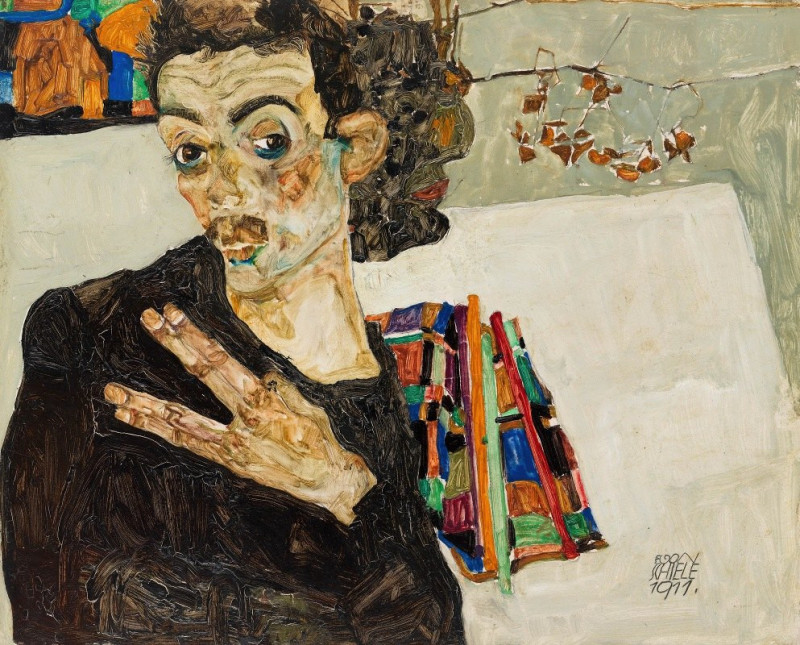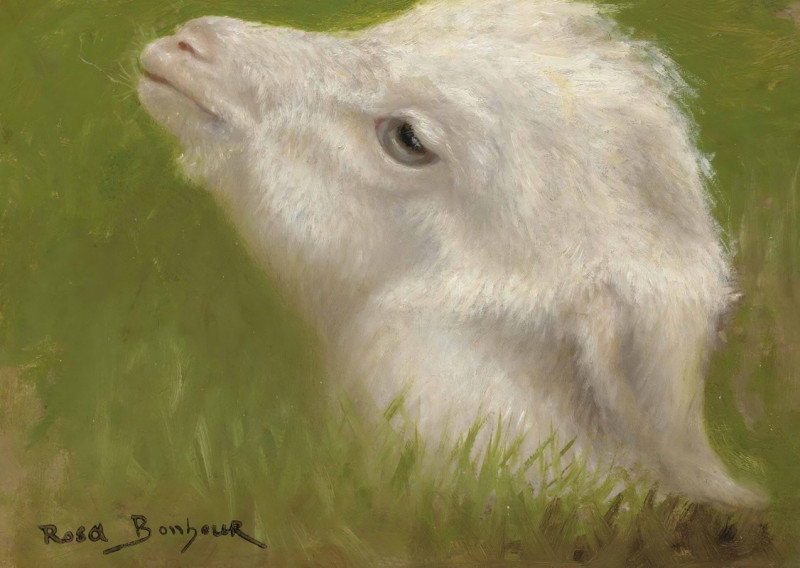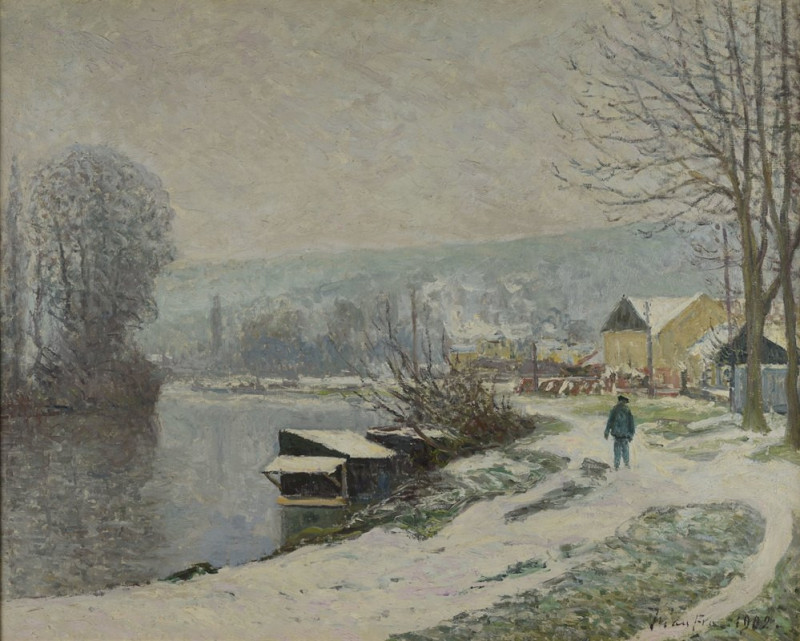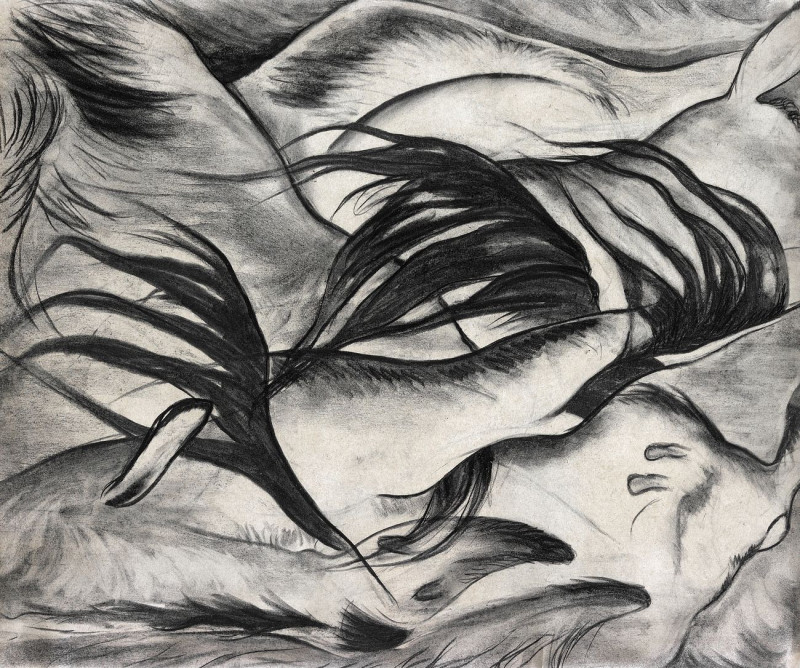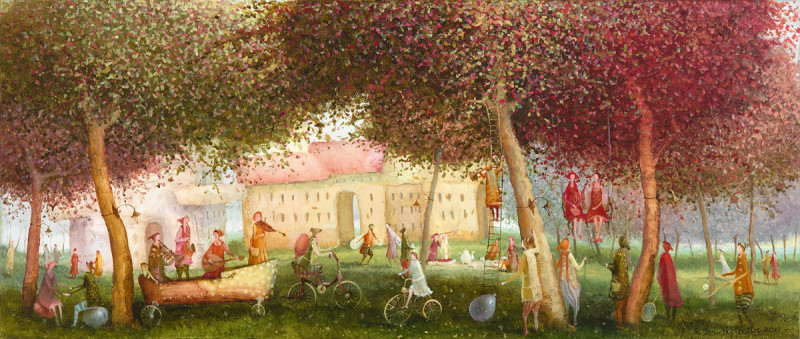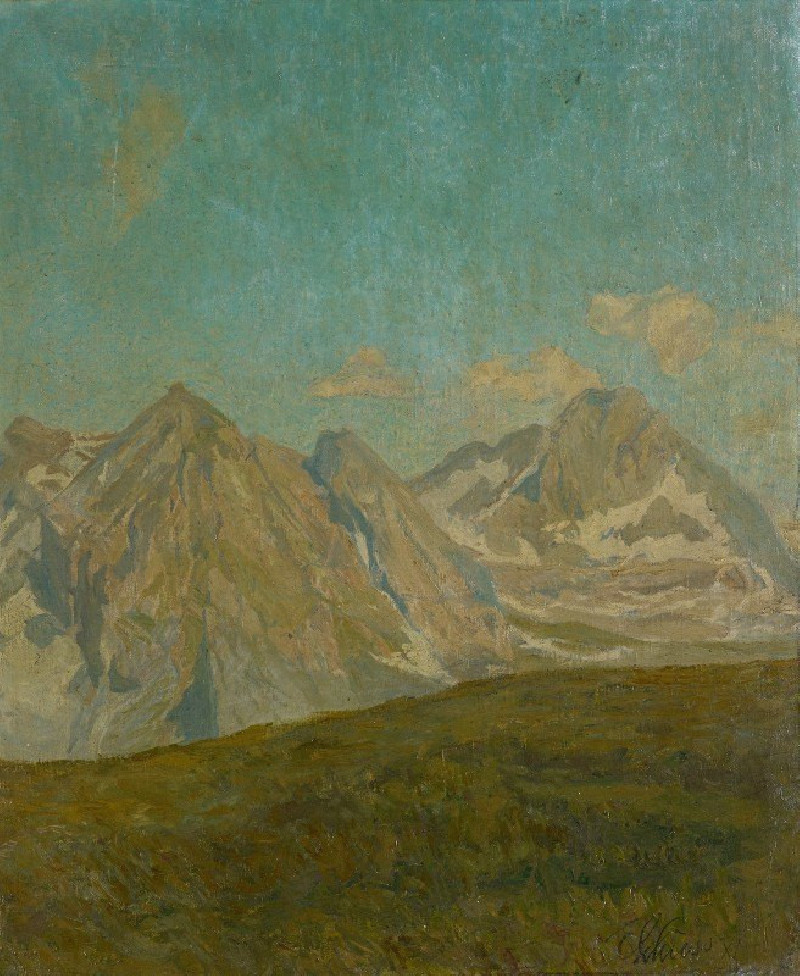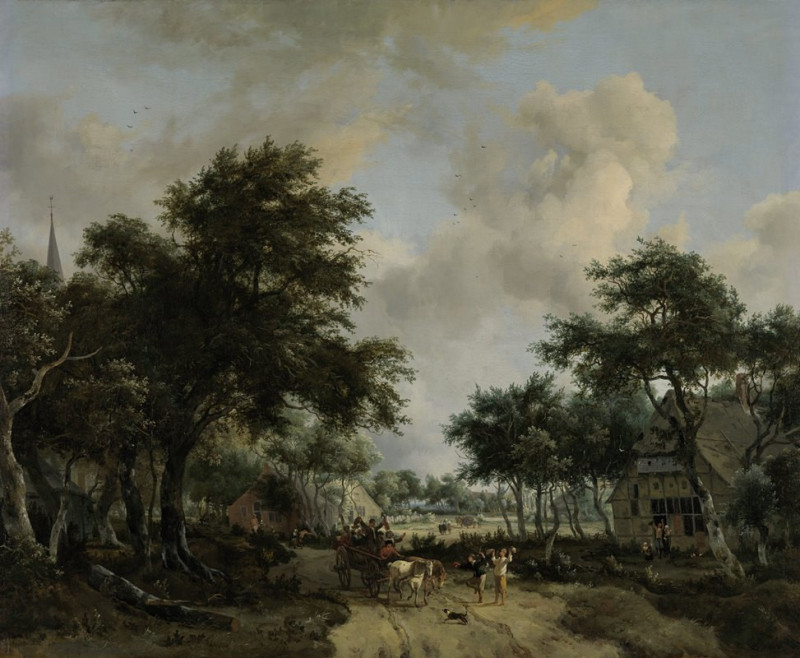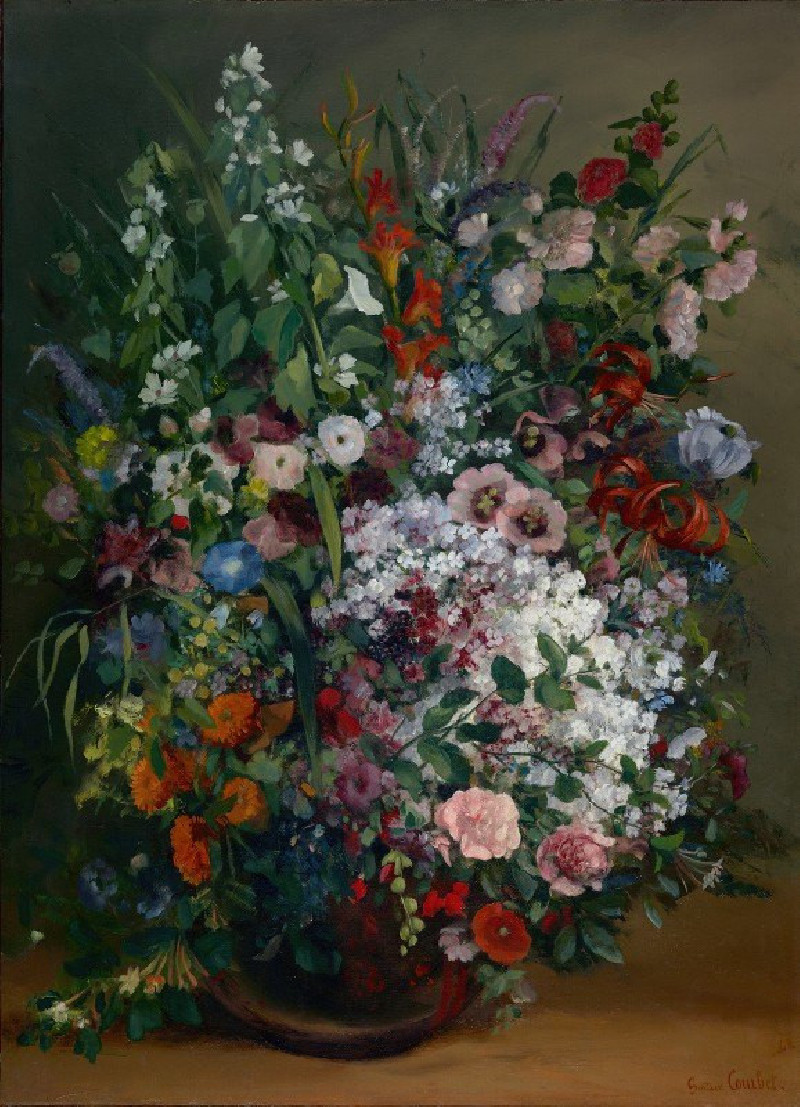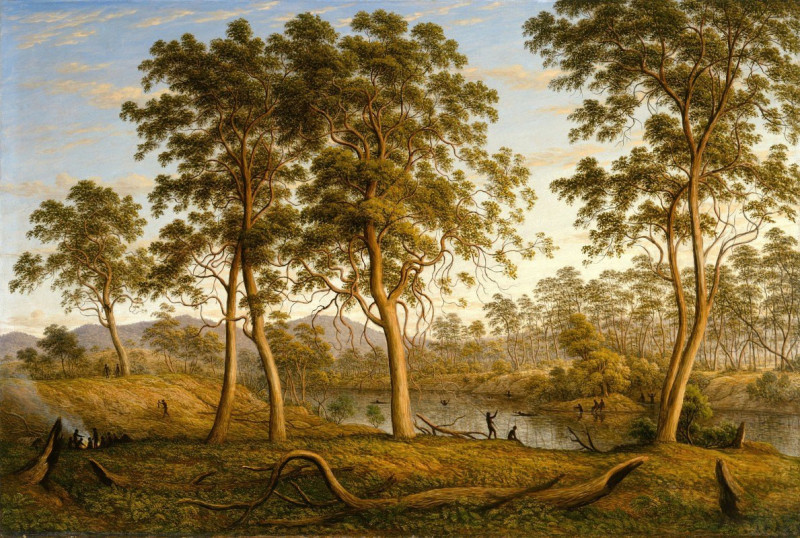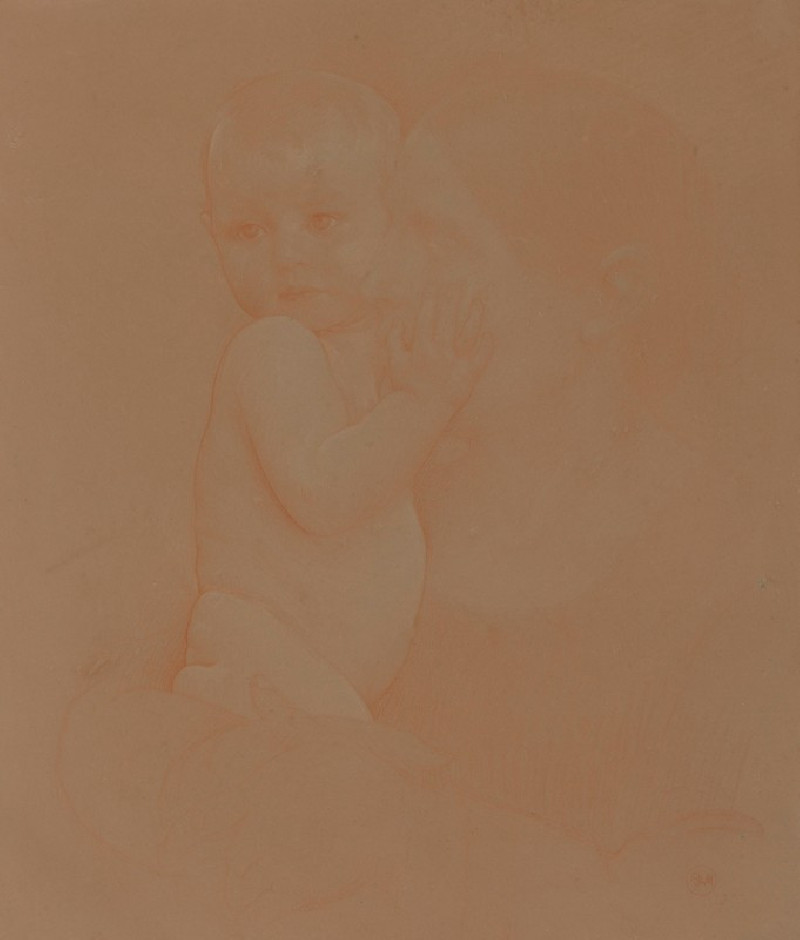Christ on the Cross
Technique: Giclée quality print
Recommended by our customers
More about this artwork
"Christ on the Cross" by Anthony van Dyck is a profound representation of the crucifixion of Jesus Christ, depicting the poignant moments of his sacrifice. This painting, executed with remarkable skill and emotional depth, showcases van Dyck's mastery in capturing human expression and divine anguish.In the painting, Christ is portrayed suspended on a wooden cross against a dusky sky that subtly hints at the solemnity of the moment. His head is tilted upwards and to his right, signifying his last moments of life as he looks towards the heavens. Van Dyck employs a powerful interplay of light and shadow that highlights Christ's agonized expression and the strain on his body, dramatizing the physical and spiritual suffering.The color palette is intentionally muted, with earthy tones and soft grays, focusing all attention on the figure of Christ. The details of his musculature and the realistic depiction of his body reflect the artist's careful attention to anatomical accuracy, making the suffering more palpable and moving.Van Dyck’s use of light not only illuminates Christ’s body but also seems to convey a divine presence, emphasizing the transcendent nature of the moment. The loincloth, rendered in light fabric, adds a contrasting element of purity against the stark and grim background.This portrayal is not just a reflection of religious devotion and artistic expertise but also an invitation to the viewer to contemplate the profound themes of sacrifice, redemption, and faith.
Delivery
Returns
Sir Anthony van Dyck (1599 – 1641) was a Flemish Baroque artist who became the leading court painter in England after success in the Spanish Netherlands and Italy.
The seventh child of Frans van Dyck, a wealthy Antwerp silk merchant, Anthony painted from an early age. He was successful as an independent painter in his late teens, and became a master in the Antwerp guild in 1618. By this time he was working in the studio of the leading northern painter of the day, Peter Paul Rubens, who became a major influence on his work.

































